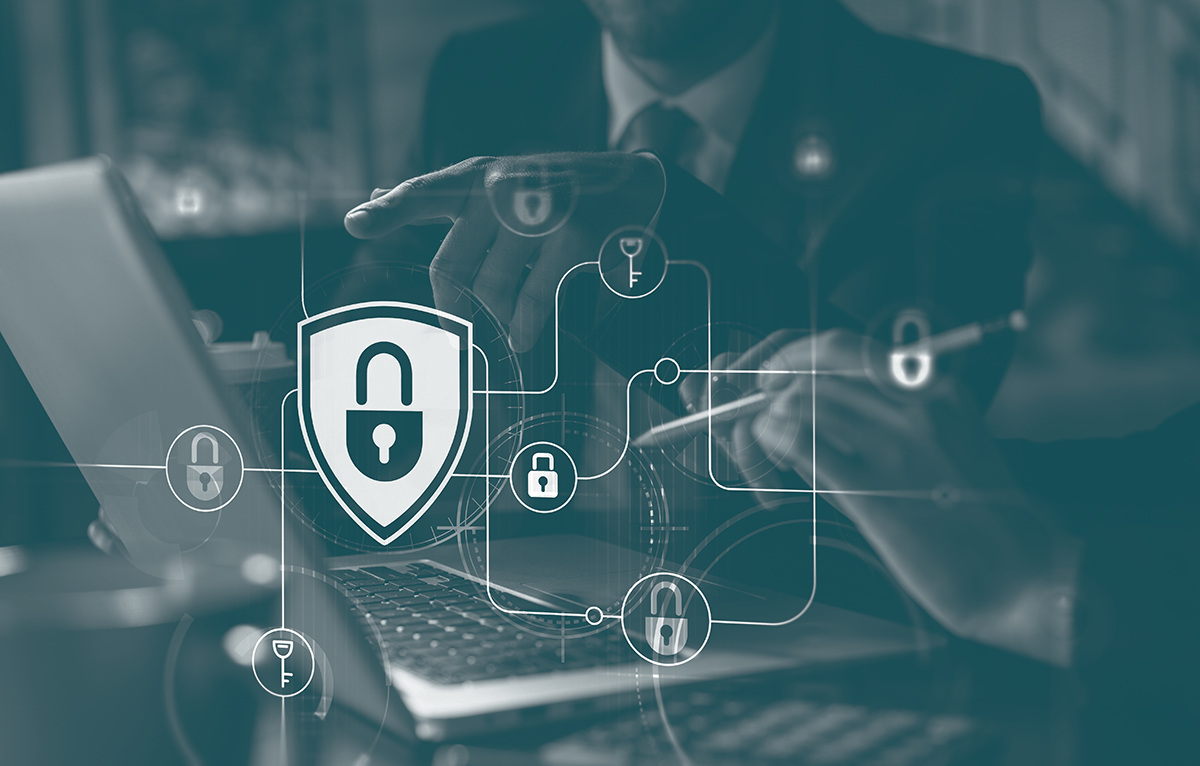Threat Exposure vs Risk Management

Why risk management?
Risk and risk mitigation involve predicting future probabilities and investing to minimize the likelihood of a breach. Predicting the future is a fool’s game with uncertain and unknowable outcomes. Risk modeling, they say, becomes security theater. Risk Assessment has transformed into a tool for persuasion—essentially, “security theater”— instead of serving as a means to uncover the truth.
Exposure Management is about understanding and mitigating a company’s defined vulnerabilities. At BackBox, we don’t deal with likelihoods but with absolutes. Defined threats are certainties, not risks. Our vulnerability intelligence capabilities indicate where vulnerabilities are relevant to the specific network devices we automate.
BackBox provides companies with a list of potential exposures based on their actual inventory (and by inventory, we mean vendor, device, and OS version) and the remediation tools to mitigate these known exposures. We focus on known vulnerabilities rather than trying to predict forward risk.
Focus on simplicity
Risk management processes are overengineered, but BackBox makes them easy. Run the job that sends the device inventory to BackBox, then check the portal for your list of updates to enhance your network’s security.
While there are opportunities for more comprehensive security solutions, BackBox is dedicated to helping network admins prioritize their work with OS updates to maximize their impact on network security.
Focus on real-world threat impact
The rapid automation of attacks means the likelihood of a threat impacting an enterprise is virtually 100%. In other words, any known threat is guaranteed to happen.
With BackBox Vulnerability Intelligence, you can work to close the vulnerabilities your network is known to be exposed to. We’re reducing vulnerabilities by helping administrators stay on top of the most critical updates they can make to keep their networks secure.
Focus on measuring improvements
When starting with BackBox, customers receive a list of exposures at both the network and device levels. It becomes pretty straightforward to measure mitigation results.
For example, yesterday, our network had 10 critical vulnerabilities, while today, we have 5. While 25% of our devices were compromised by a critical vulnerability, today, just 15% contain crucial vulnerabilities.
Risk management actions to consider
Mitigate defined cybersecurity threats through programs that reduce an enterprise’s exposure to related exploits and threat vectors. One such program could involve using BackBox to assess the number of Critical Vulnerabilities and work to reduce them.
Use threat intelligence and research to identify threats that emerge from the cloud of uncertainty quickly. With BackBox, you can monitor inventory and security alerts daily, combining them to surface actionable threat/vulnerability information. We’re not dealing with probabilities.
Learn More
With BackBox vulnerability intelligence, network and security teams can save time, minimize errors, and proactively manage the vulnerability lifecycle. Our platform identifies and correlates known vulnerabilities with your inventory of network and security devices, prioritizes these vulnerabilities based on risk and security posture, and offers options to automate updates or apply configuration workarounds.
Discover the advantages of BackBox today. Schedule a 30-minute demo for an interactive tour of the BackBox platform.


